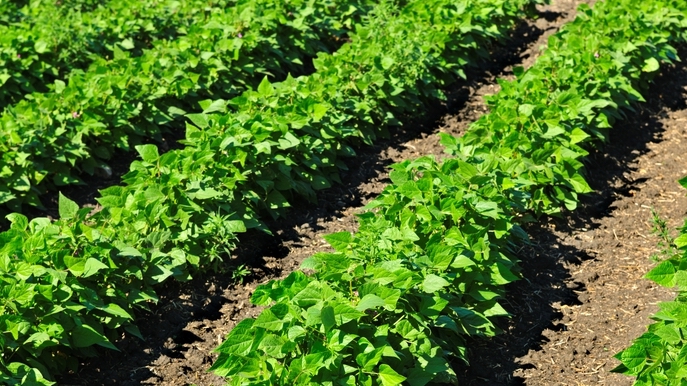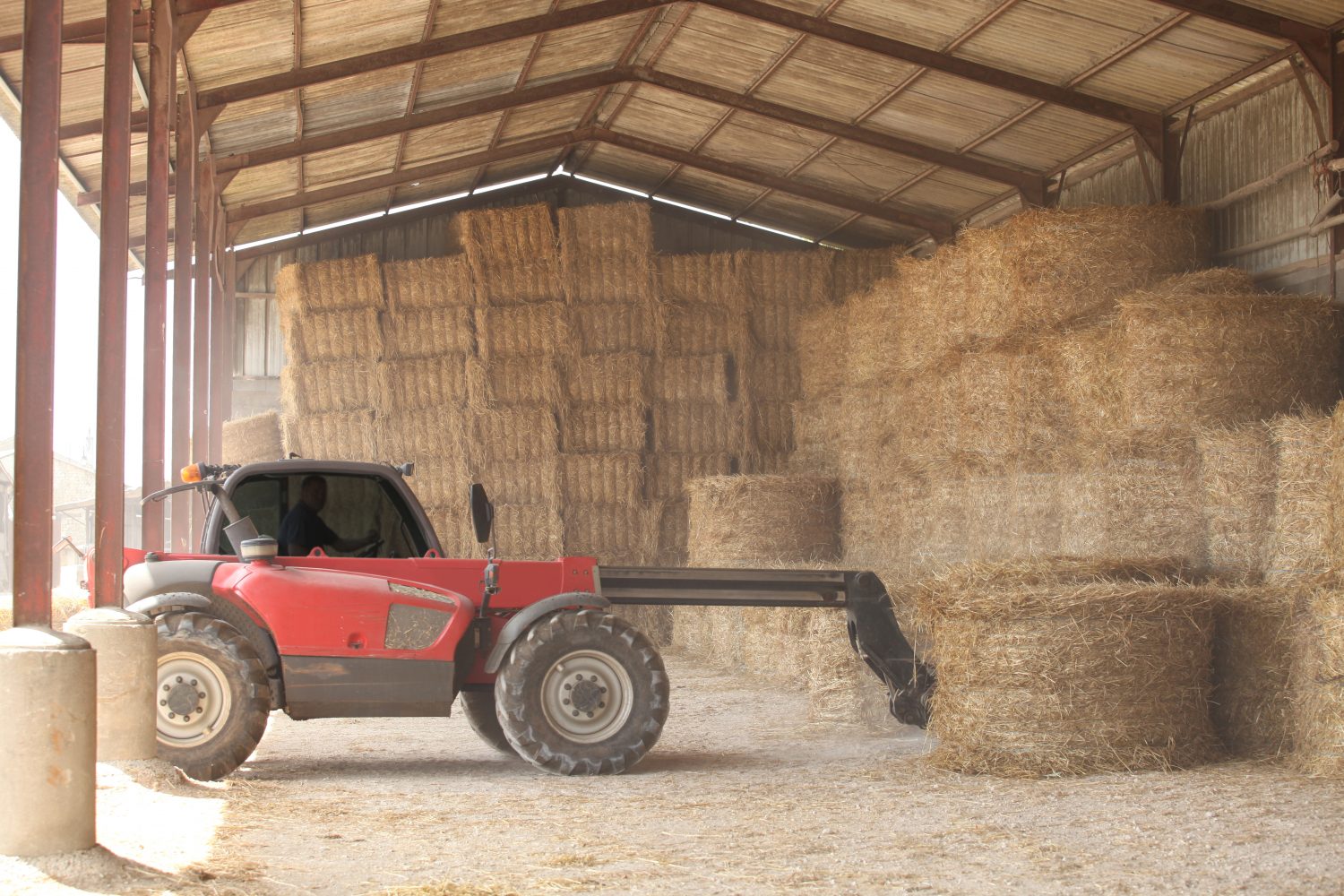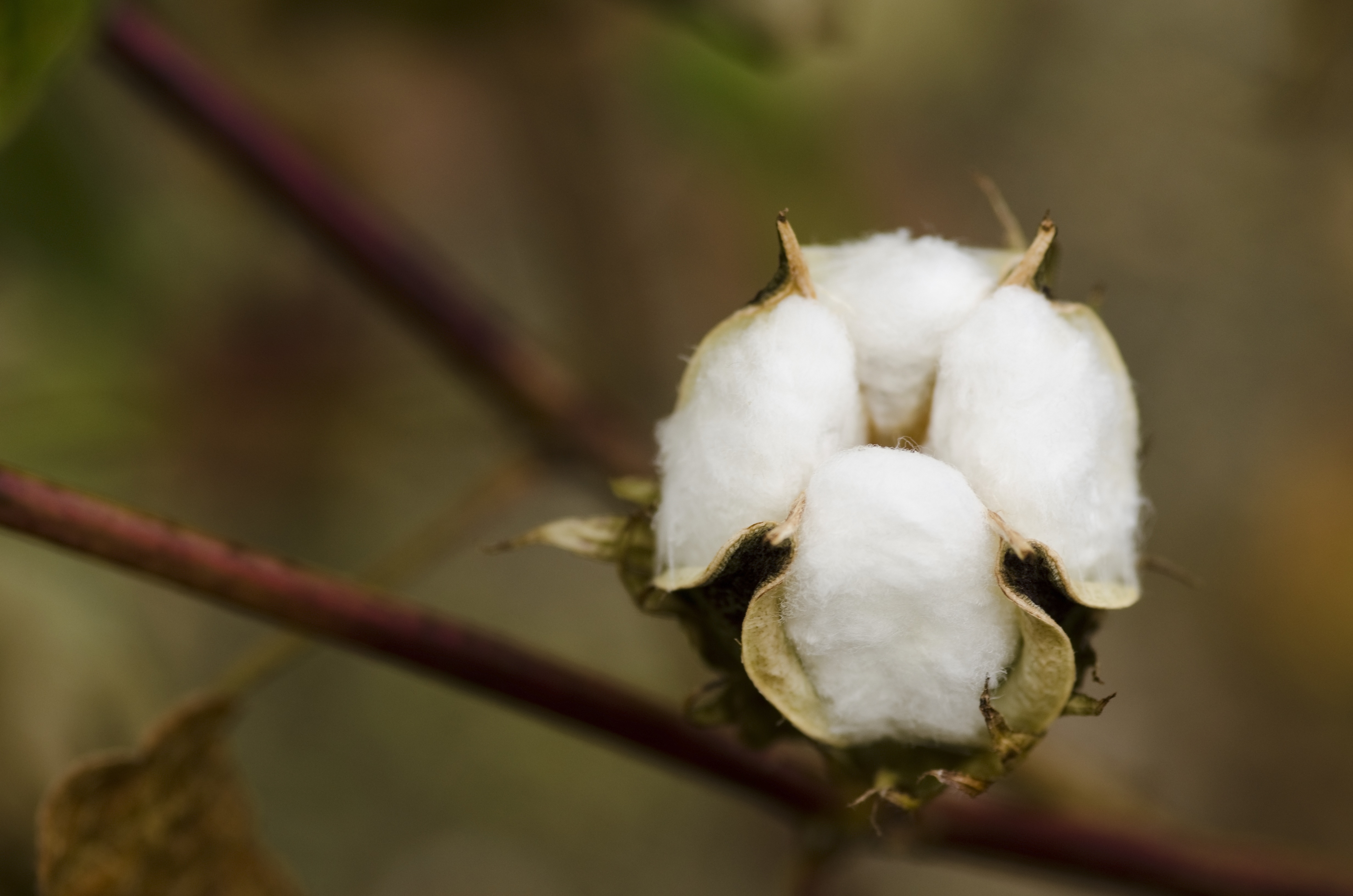
Why Record Soybean Acres in 2018 Matter on Your Farm
USDA’s Office of the Chief Economist is forecasting soybeans to reach a record of 91 million acres in 2018—equal to that of their rotation partner, corn at 91 million acres. Before switching acres to soybeans consider market implications.
“The past few years the market has been essentially asking for soybeans,” says Matt Bennett, farmer and owner of Bennett Consulting in Illinois. “The price ratio for beans to corn has been robust. For fall prices we’re looking at 2.75:1 which definitely suggests beans are more profitable than corn.”
Because of this, it’s not surprising that some farmers might plant more soybeans than corn, and might even consider planting soybeans after soybeans. In many areas, soybean yields have been stellar for the past few years and even in areas with yield risk, insurance guarantees could help farmers gain confidence in the crop.
“If we had $10.06 for insurance guarantee for beans you could guarantee break even at worst even if yields are bad—insurance might dictate what producers do a little, especially in high risk areas,” Bennett says.
Farmers could plant more acres than last year in general, too, with a predicted 253.7 million acres dedicated to one of eight major row crops. That’s up 1.4 million acres over last year and could mean farmers are looking for alternatives to corn.
“Sorghum producers out west have indicated we could see a jump,” Bennett says. “People are going to look for other opportunities.”
Growers experienced a 30 to 40 cent basis improvement in sorghum across the sorghum belt this past month, according to Tim Lust, CEO of National Sorghum Producers. “We certainly saw that push in price at harvest that’s not traditional [and] I think it will signal a good message as we go into 2018 in terms of our need for acres.”
Corn acres are forecasted to be down by 600,000 acres next year, and three million acres from 2016. According the USDA’s estimates the crop will likely continue this downward trend over the next 10 years.
However, just because some areas are avoiding corn, doesn’t mean it’s the wisest idea everywhere, Bennett advises. If you live in Iowa, Nebraska or any state with a strong ethanol or cattle feeding market corn could still be the better cash crop. No matter what you choose, be strategic with marketing.
“If the price on beans is what is prompting you to plant more then you had better be doing something to lock in that price,” Bennett says. “Right now if you look at Nov. 2018 beans they’re at $10.06 and just about everyone can make money on that & protect that money on the table.”



